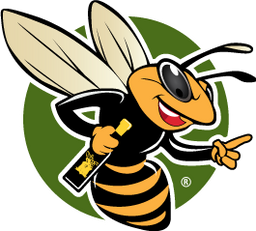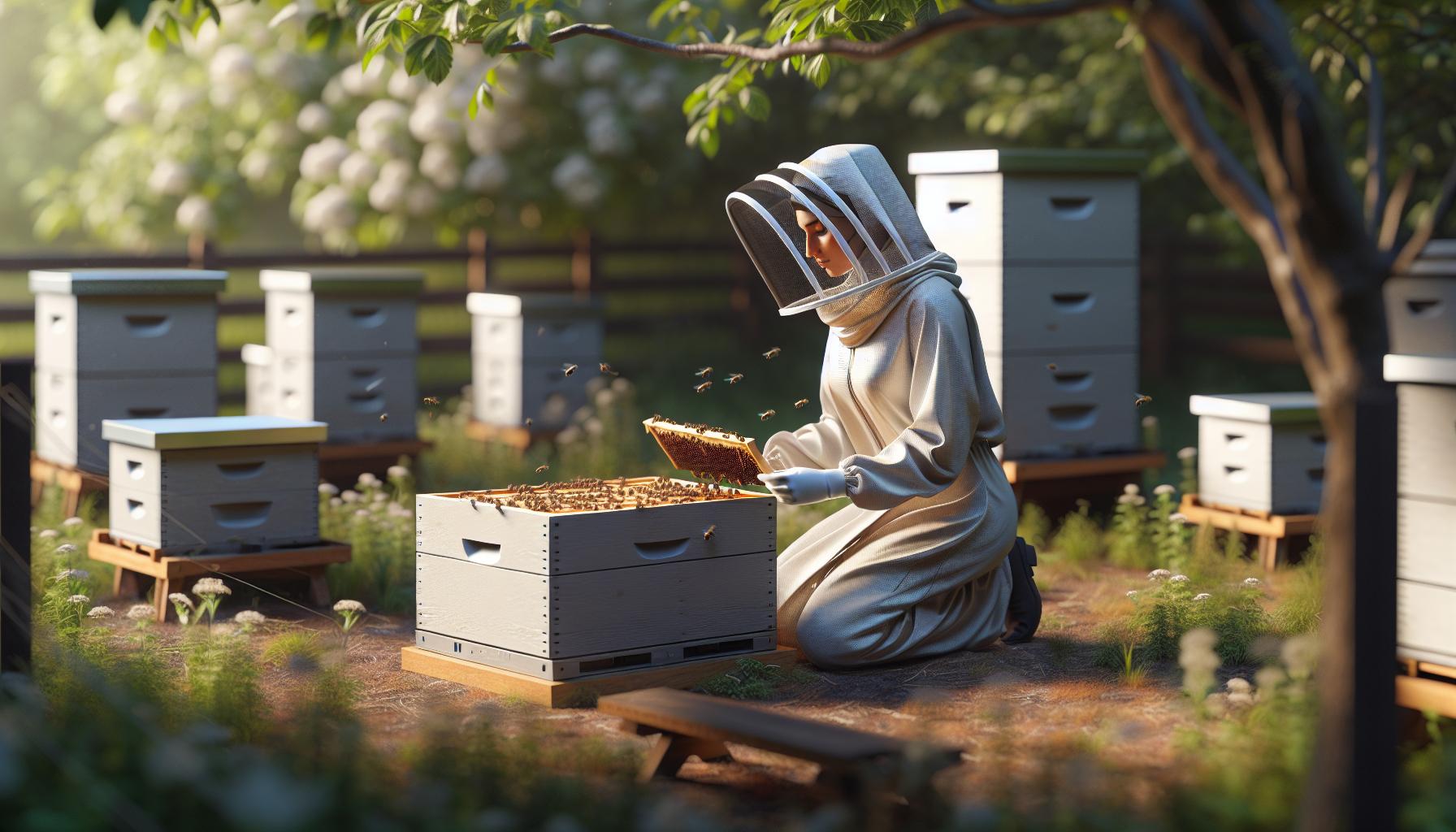Beekeeping is a rewarding yet challenging endeavor that requires the right gear for safety and efficiency. A professional bee suit is an essential piece of equipment for both novice and seasoned beekeepers. Designed to protect against stings while allowing for ease of movement, these suits are crucial for maintaining a healthy relationship with bees.
Choosing the right bee suit can make all the difference in a beekeeper's experience. With various styles and materials available, understanding the features and benefits of a professional bee suit is vital. This article explores the key aspects of bee suits, helping beekeepers select the best protection for their buzzing companions.
Overview of Professional Bee Suits
Professional bee suits are essential for anyone involved in beekeeping. These suits offer protection from bee stings while letting beekeepers move freely. Various styles and materials exist, allowing beekeepers to choose options that best meet their specific needs.
Most bee suits feature a lightweight design, which provides comfort during long hours of work. Many include a ventilated body, enhancing airflow and keeping the beekeeper cool. Zippered openings and elastic cuffs add extra protection, ensuring bees cannot enter the suit easily.
Materials commonly used for bee suits include cotton, polyester, and synthetic blends. Cotton suits are breathable and easy to clean. Polyester suits provide more durability and resist wear over time. Synthetic blends often combine the best features of both, offering both breathability and resilience.
When selecting a professional bee suit, beekeepers should consider fit and function. A well-fitted suit protects effectively while allowing enough space for movement. Full-coverage options, such as suits with integrated hoods, offer additional safety for beekeepers who work closely with their hives.
Choosing the right bee suit enhances the beekeeping experience. By prioritizing protection and comfort, beekeepers can maintain better relationships with their bees and ensure their safety while working.
Key Features to Look For
When choosing a professional bee suit, several features must stand out to ensure safety and comfort.
Material Types
Materials for bee suits vary, affecting breathability and durability. Common options include:
-
Cotton: Breathable and comfortable, cotton is ideal for warm weather.
-
Polyester: Durable and resistant to wear, polyester suits last longer.
-
Synthetic Blends: Combining qualities of cotton and polyester, these materials offer both comfort and toughness.
Selecting the right material influences comfort during long periods of use.
Protective Elements
Various protective features enhance the safety of bee suits. Important elements include:
-
Ventilation: Mesh panels allow airflow, reducing heat buildup.
-
Zippered Openings: These openings provide easy access while keeping bees out.
-
Elastic Cuffs: Cuffs that fit snugly around the wrists and ankles prevent bees from entering the suit.
These elements improve overall protection against stings, ensuring beekeepers can work confidently.
Fit and Comfort
Fit and comfort significantly impact a beekeeper's experience. Consider the following aspects:
-
Size Options: Choose a suit that fits well for freedom of movement.
-
Full Coverage: Suits with head coverings and booties offer more protection.
-
Lightweight Design: Lighter suits reduce fatigue during long hours of beekeeping.
A well-fitting suit ensures comfort, allowing beekeepers to focus on their tasks without distraction.
Benefits of Using a Professional Bee Suit
A professional bee suit offers significant advantages for beekeepers. It focuses on safety, comfort, and an overall better beekeeping experience.
Safety and Protection
Safety remains a top concern for beekeepers. A professional bee suit provides a solid barrier against bee stings. The suit covers all exposed skin, reducing the chances of allergic reactions. Features like elastic cuffs, high collars, and zippered openings enhance the suit's protective qualities. Additionally, materials like cotton and polyester offer both durability and breathability, making the suit practical for different weather conditions. The right fit further ensures that bees can't get inside the suit, offering peace of mind while working with hives.
Enhanced Beekeeping Experience
A professional bee suit improves comfort during beekeeping tasks. Lightweight and breathable designs allow movement without feeling restricted. Ventilation features help keep body temperature down even on warm days. Comfortable suits allow beekeepers to focus on their work rather than discomfort. The right suit helps create a positive atmosphere, making it easier for beekeepers to manage their bees effectively. A well-fitting suit contributes to building confidence, which enhances the overall beekeeping practice.
Popular Brands and Models
Choosing the right brand and model of professional bee suit is vital for beekeepers. Several well-known brands offer quality options designed for comfort and safety.
Brand Comparison
-
VIVO: VIVO suits provide good ventilation and a durable build. Their designs feature multiple size options, making it easy for beekeepers to find the right fit.
-
Kelley: Kelley offers a variety of styles, including zipped and non-zipped options. Their suits are known for comfort and effective sting protection.
-
Grasshopper: Grasshopper focuses on lightweight materials that promote mobility. Their bee suits are popular among hobbyist and professional beekeepers alike.
-
Honey Keeper: Honey beeKeeper suits stand out with their reinforced stitching and ample ventilation. They offer a selection of suits suitable for different climates.
-
Mann Lake: Mann Lake provides multiple models, with handy features like detachable hoods and lightweight options for warmer weather. Their quality and reliability are well recognized.
Maintenance and Care Tips
Maintaining a professional bee suit ensures its longevity and effectiveness. Follow these simple care tips to keep the suit in top condition.
-
Inspect regularly: Check for tears, holes, or damaged seams before each use. Addressing any issues promptly prevents further damage.
-
Wash carefully: Clean the bee suit according to the manufacturer's instructions. Most suits are machine washable, but using cold water and a gentle cycle is best to avoid damaging the fabric.
-
Dry appropriately: Air drying is recommended. Avoid high heat, as it can weaken the materials and alter the fit.
-
Store properly: Keep the suit in a cool, dry place. Avoid direct sunlight, which can fade colors and weaken fabrics over time.
-
Repair promptly: Patch small tears or holes immediately. Use fabric patches or specialized bee suit repair kits to ensure no gaps remain that could allow bee stings.
-
Avoid chemicals: Stay away from harsh detergents, bleach, or insecticides when cleaning the suit. These products can damage the fabric or irritate the skin during wearing.
Conclusion
A professional bee suit is an indispensable asset for anyone involved in beekeeping. It not only provides essential protection against stings but also enhances comfort and mobility during long hours of work. By prioritizing features like breathability, fit, and durability, beekeepers can choose a suit that meets their specific needs.
Investing in a high-quality bee suit fosters a safer and more enjoyable beekeeping experience. With the right gear, beekeepers can focus on nurturing their hives and cultivating a positive relationship with their bees. Proper maintenance ensures that these suits remain effective and reliable, allowing beekeepers to thrive in their passion for this rewarding craft.
Frequently Asked Questions
What is a professional bee suit?
A professional bee suit is protective clothing designed for beekeepers to shield them from bee stings while allowing for comfort and mobility during hive management.
Why is it important to wear a bee suit?
Wearing a bee suit is crucial for safety, as it minimizes exposure to stings and allergic reactions while enhancing the beekeeper's confidence and comfort when working with bees.
What materials are used in bee suits?
Common materials include cotton for breathability, polyester for durability, and synthetic blends that combine comfort and protection, catering to different weather conditions.
How do I choose the right bee suit?
Select a bee suit based on fit, comfort, and desired features such as ventilation, zippered openings, and elastic cuffs to ensure optimal protection and mobility.
How should I maintain my bee suit?
Regularly check for damage, wash according to the manufacturer's instructions, and store in a dry place to maintain its protective qualities.



